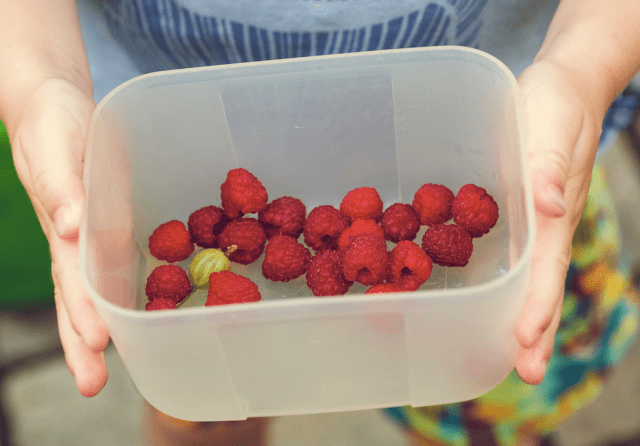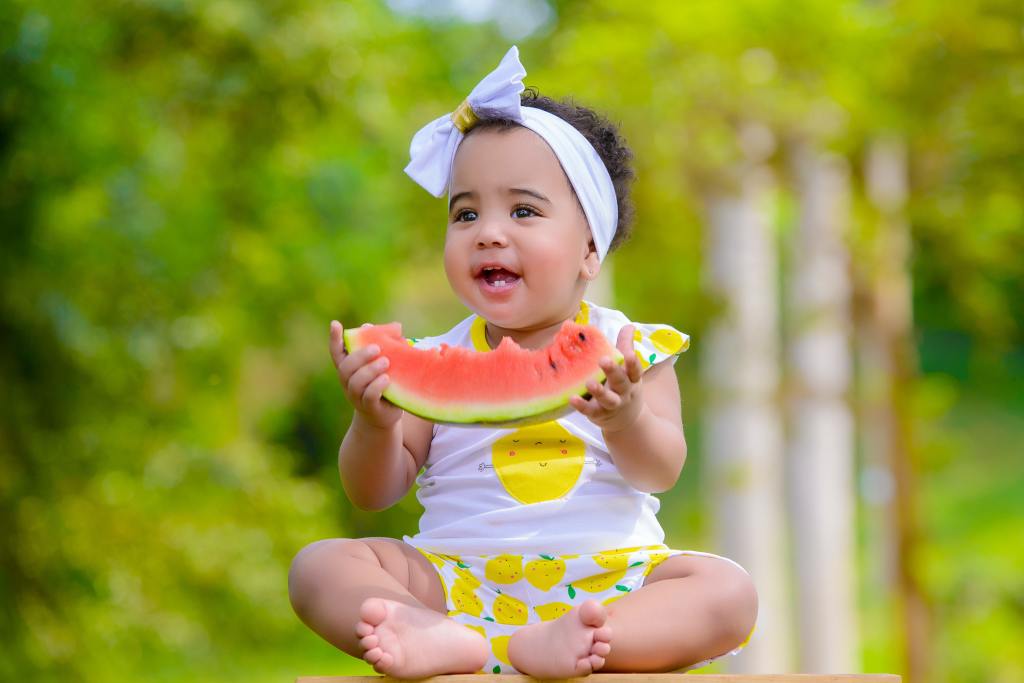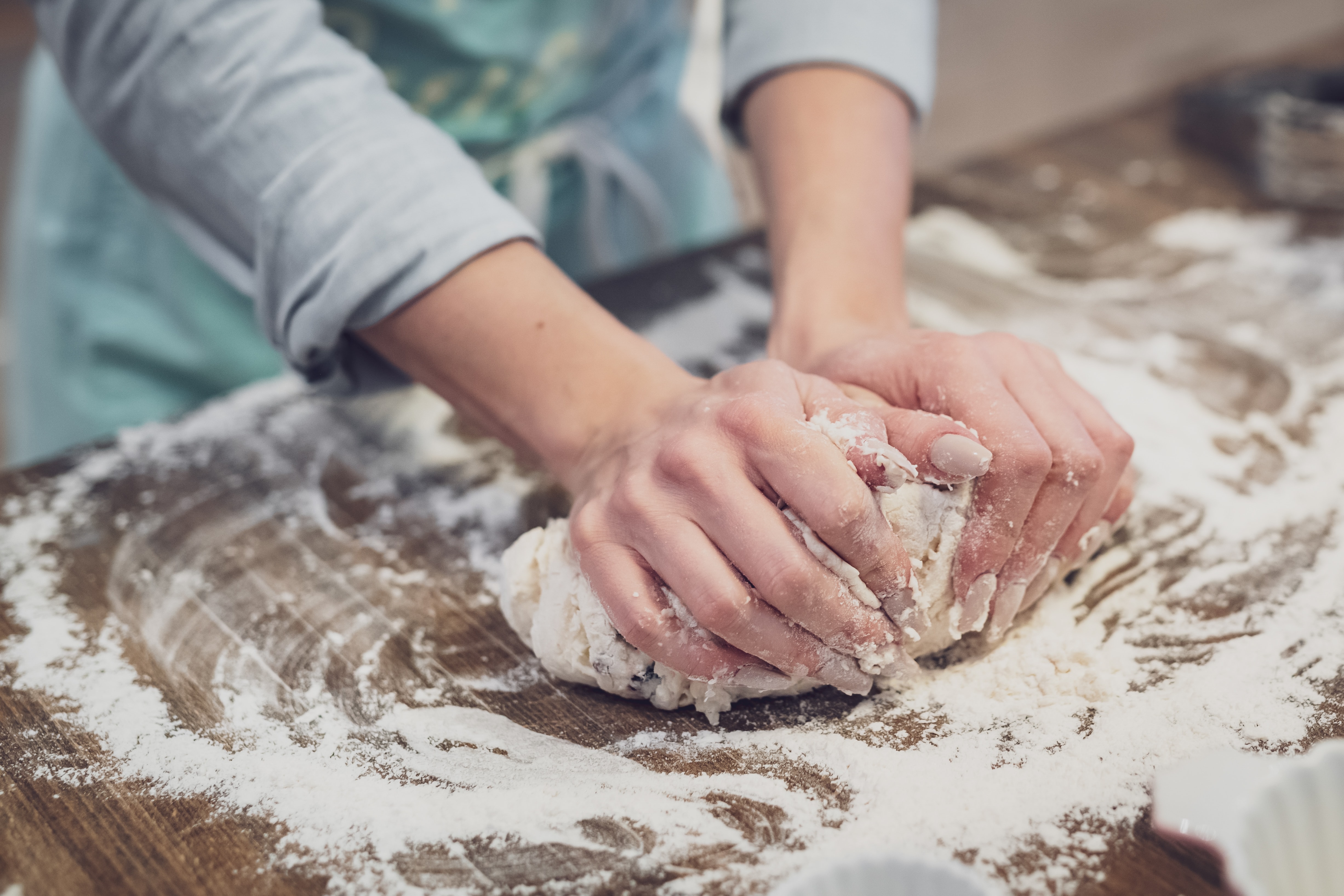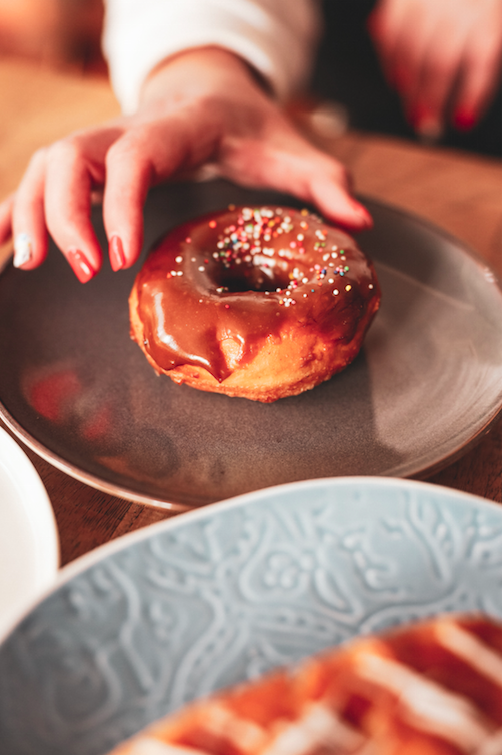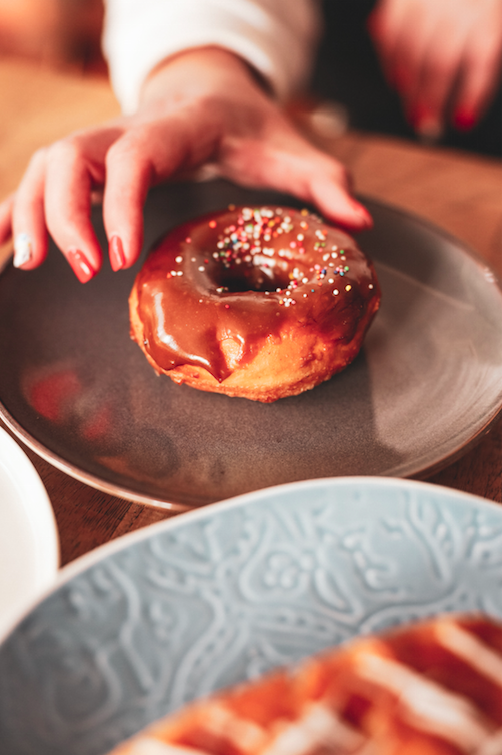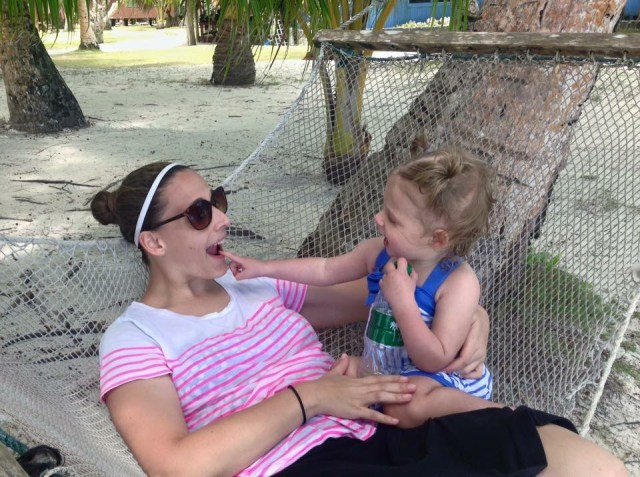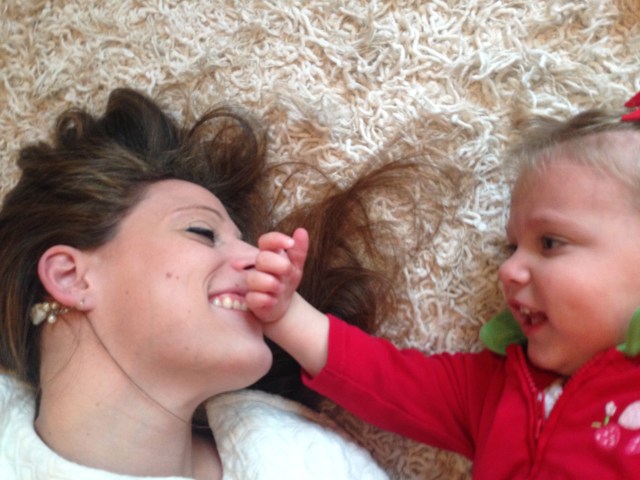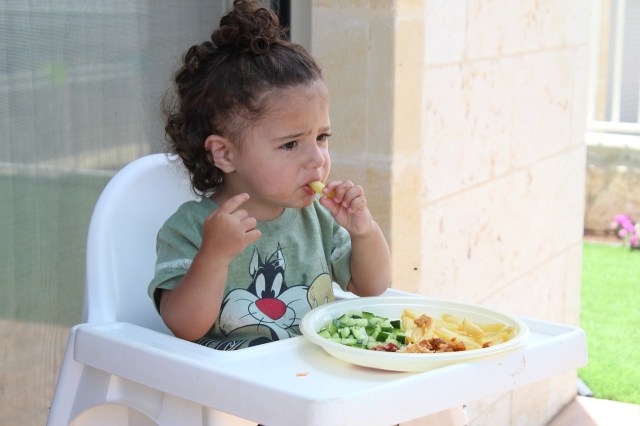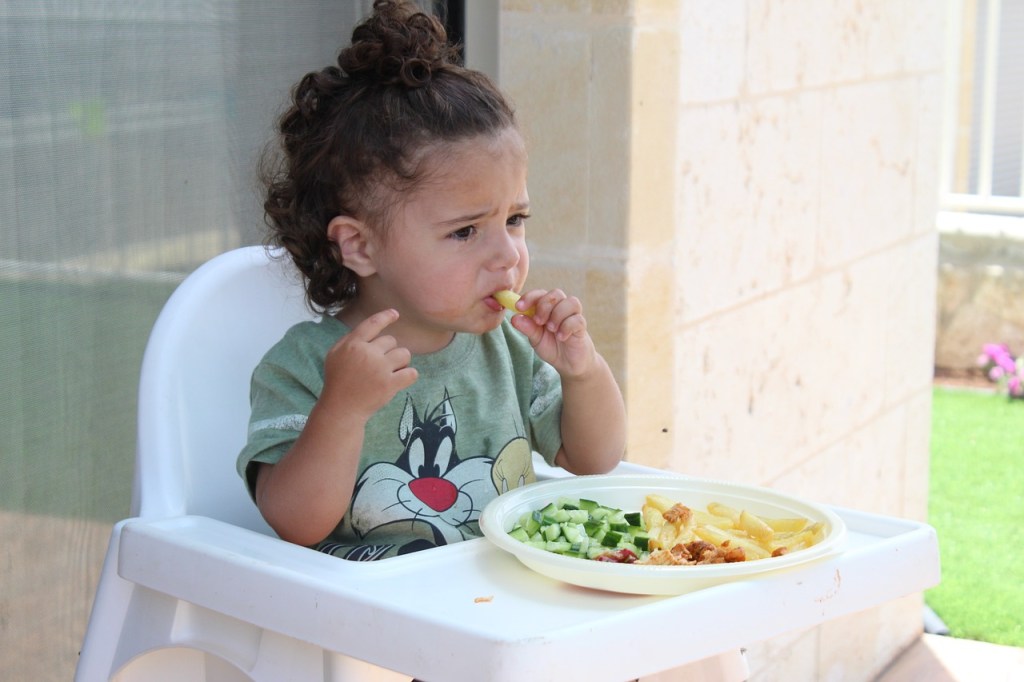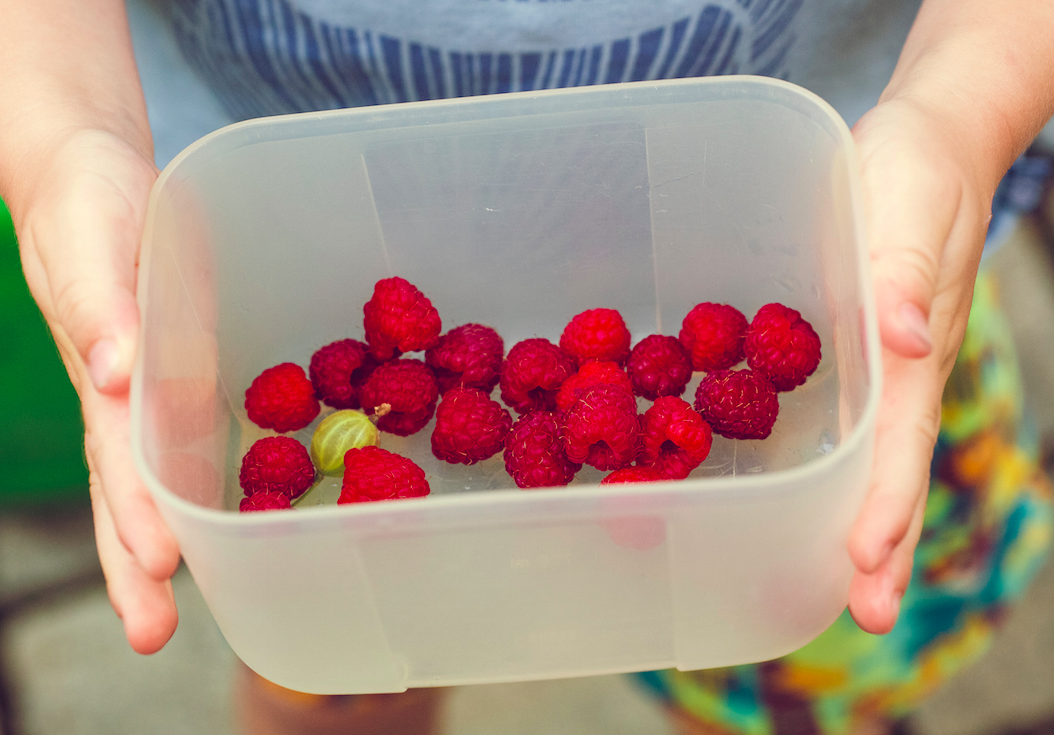
As parents, it’s our duty to teach our kids the importance of healthy nutrition and physical activity, but what good does it do if we don’t practice what we preach? If you are struggling to establish and stick with healthy habits yourself, have your kid’s health serve as motivation.
As primary role models, it will be more effective to serve as examples of good practices. The impact we have on our little ones, especially in their early years, can affect their lifelong decision-making. We are responsible for providing an environment that helps our children maintain a lifestyle that is beneficial to their health. The secret to successfully teaching your kids to develop healthy habits that will stay with them throughout their lives is to practice those habits together. Here are some tips to help you teach your kiddos the importance of proper nutrition and exercise.
1. Promote a Healthy Balanced Diet: Just like us, our kids need to consume foods and beverages that are packed with nutrients to fuel their bodies with energy. You don’t need to force healthy foods onto your children, but rather teach them the benefits of eating them. Explain to them that eating food full of vitamins, minerals, protein, healthy fats and carbohydrates, will give their muscles energy to move and feel great while eating a heavily salted, greasy, or sugary meal will make them feel sluggish. Nutrient-rich foods and beverages filled with potassium, calcium, vitamin D, and dietary fiber are essential to their development. Foods to include in their daily diet are fruits, vegetables, whole grains, protein (seafood, lean meats, eggs, beans, peas), and low-fat dairy products, including milk, yogurt, cheese, or non-dairy products such as almond milk.
You don’t need to deprive your kids of the things they love to eat, even if it’s unhealthy, but it is important to stress that moderation is key. Avoid getting fast food regularly and focus on feeding your kids home-cooked meals. When you are eating fruits and vegetables, make sure to express how good they taste and how great you feel after eating them.
Remember to praise your kids when they make healthy food choices by giving them a thumbs up or a high-five!
2. Involve Them in Meal Prepping: A great way to teach kids about the importance of a balanced diet is with food preparation. Use cooking time to teach your little ones about basic nutrition and the importance of vegetable and fruit consumption. Preparing meals with your kids that include lots of healthy nutritious options will increase the chance of them making healthier choices as they get older.
It is important to prioritize making this time a fun, positive experience; make them feel like they are an essential part of the meal-prepping process by giving them the title of “head chef,” for instance. Another idea is to have your kids help prepare healthy snacks that are fun to make—like “ants on a log” (celery, peanut butter and raisins). You can also have them use cookie cutters to cut sandwiches into fun shapes or turn a fruit salad into a fun art project.
One thing you might want to consider is taking your kids grocery shopping. It can be helpful when explaining to them how to make better choices by going down the aisles, educating them on why certain foods are more nutritious than others.
3. Get Active Together: The best thing you can do to help your kids have an active lifestyle is to have one yourself. Making fitness a part of your life will naturally become a part of theirs. Having them involved in your physical activity is a great way to teach them about the importance of fitness. As a role model, if they see you being physically active and having fun, they would like to join in on the fun as well!
Participating in activities as a family is a great way to spend quality time together while getting some exercise. Focus on making exercising a fun activity—if kids are not enjoying themselves, they will avoid getting involved in the future so keep it lighthearted and positive. As a family, play sports, take short hikes, do a couple of treks around the block, walk the dog, play dance video games, etc. You can also make it more interactive by doing an outdoor scavenger hunt or a mini-marathon event with race numbers and a finish line. Having a set-up with props will make it more fun and enjoyable for the kids.
While it’s never too late to start making healthy changes in your family, the earlier your kids learn healthy behaviors, the better. As role models who are continually being observed by our kids, don’t miss the opportunity to implement habits that will help them maintain a healthy lifestyle.
